Home>Furniture & Design>Interior Design Trends>How To Clean Sea Glass
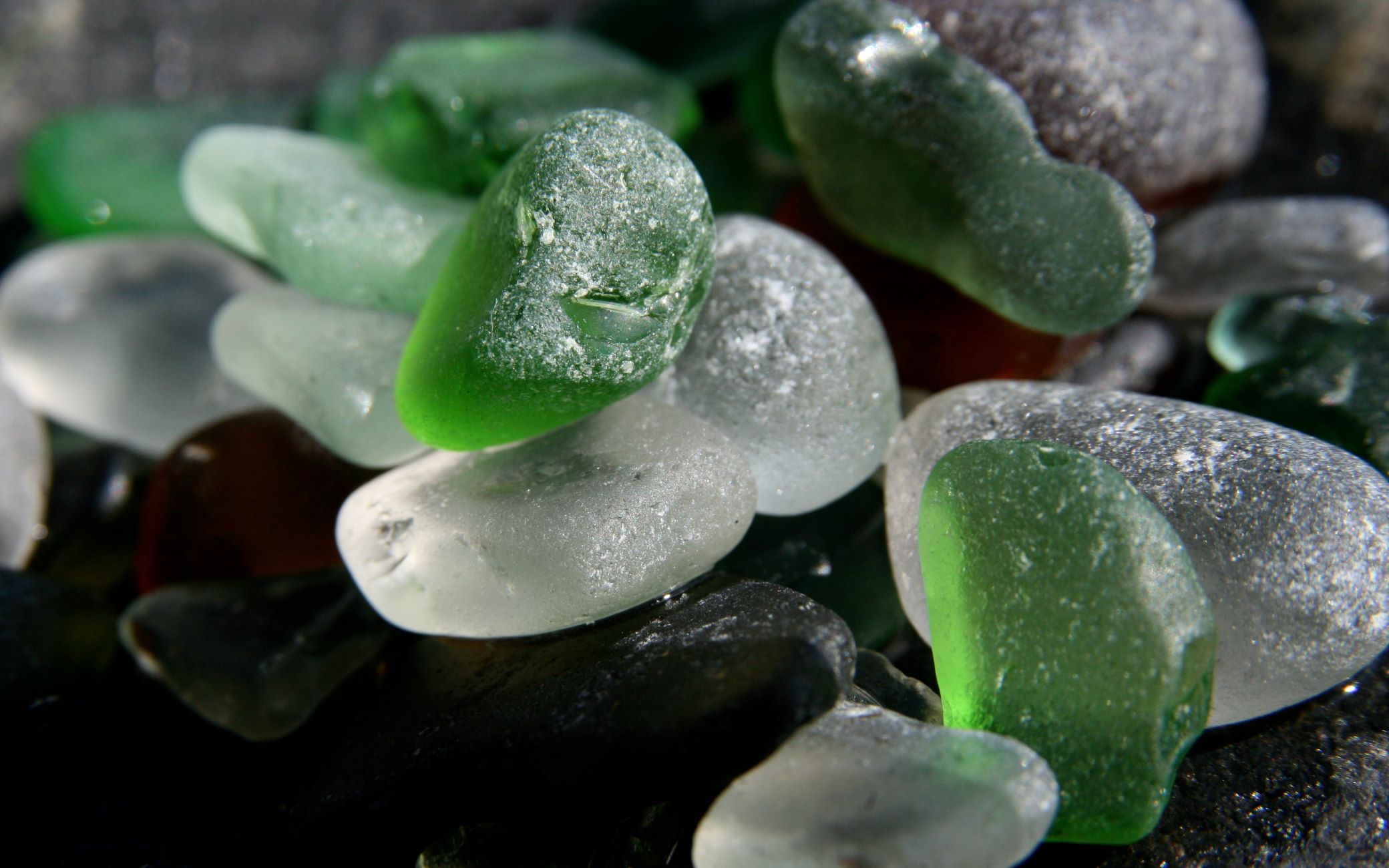

Interior Design Trends
How To Clean Sea Glass
Modified: February 18, 2024
Discover the latest interior design trends for cleaning sea glass. Learn how to incorporate sea glass into your home decor with our expert tips and ideas. Explore now!
(Many of the links in this article redirect to a specific reviewed product. Your purchase of these products through affiliate links helps to generate commission for Storables.com, at no extra cost. Learn more)
Introduction
Sea glass, also known as beach glass, is a mesmerizing treasure that nature bestows upon us. Its smooth, frosted appearance and vibrant hues make it a sought-after material for various crafts and jewelry. Whether you're a seasoned sea glass collector or a novice enthusiast, knowing how to clean sea glass properly is essential to preserve its natural beauty and enhance its potential for creative projects.
Cleaning sea glass is a delicate process that requires attention to detail and a gentle touch. By following the right techniques, you can transform weathered glass fragments into dazzling gems that sparkle with renewed brilliance. In this comprehensive guide, we will explore the step-by-step process of cleaning sea glass, from gathering it on the shore to preparing, cleaning, and preserving it for future use.
As we delve into the art of sea glass cleaning, you'll discover the tools and materials needed, along with practical tips to ensure a successful cleaning experience. Whether you're drawn to the serene pastel shades of seafoam green and soft lavender or the deep, rich tones of cobalt blue and emerald, sea glass holds a timeless allure that captivates the imagination.
Join us on this journey as we unlock the secrets of cleaning sea glass, revealing the hidden beauty that lies within each frosted fragment. Let's embark on an exploration of this enchanting process, where nature's gifts are transformed into treasures that inspire creativity and evoke a sense of wonder.
Key Takeaways:
- Discover the magic of sea glass cleaning! From collecting to gentle scrubbing, embrace nature’s timeless artistry and unleash the hidden beauty of ocean-tumbled treasures.
- Embrace the enchanting journey of sea glass cleaning. With gentle care and patience, transform weathered glass into dazzling gems that inspire creativity and evoke coastal wonder.
Read more: What To Do With Sea Glass
Tools and Materials Needed
Cleaning sea glass requires a few essential tools and materials to ensure a thorough and effective process. Before embarking on this transformative journey, gather the following items:
Tools:
-
Mesh Bag or Basket: A mesh bag or basket is ideal for collecting sea glass during beachcombing excursions. Its open design allows sand and water to drain, preventing the glass from becoming scratched or damaged.
-
Soft-Bristled Brush: A soft-bristled brush, such as a toothbrush or a dedicated sea glass brush, is invaluable for gently removing stubborn debris and residues from the glass surfaces without causing scratches.
-
Fine-Mesh Strainer: A fine-mesh strainer aids in rinsing and draining the sea glass, facilitating the removal of sand, salt, and other impurities.
-
Rubber Gloves: Protect your hands with rubber gloves to shield them from any sharp edges or potential contaminants present on the sea glass.
-
Tweezers or Tongs: These tools are useful for handling smaller or delicate pieces of sea glass, allowing for precise manipulation during the cleaning process.
Materials:
-
Mild Dish Soap: Choose a gentle, biodegradable dish soap to create a mild cleaning solution that effectively removes dirt, grime, and organic matter from the sea glass.
-
White Vinegar: White vinegar serves as a natural cleaning agent, helping to dissolve mineral deposits and stubborn residues on the sea glass.
-
Baking Soda: This versatile household staple can be used to create a gentle abrasive paste for tackling tougher stains and impurities on the sea glass.
-
Distilled Water: Using distilled water for rinsing the sea glass helps prevent the introduction of additional impurities or minerals that may be present in tap water.
-
Soft Towels or Microfiber Cloths: These are essential for gently drying the sea glass after cleaning, ensuring that each piece retains its newfound luster without the risk of scratching.
By assembling these tools and materials, you'll be well-equipped to embark on the journey of cleaning sea glass with care and precision. With these essentials at your disposal, you can proceed to the next steps of preparing, cleaning, and preserving the sea glass, unlocking its radiant beauty for future creative endeavors.
Step 1: Collecting Sea Glass
Collecting sea glass is a captivating pursuit that invites you to explore the shores in search of nature's exquisite gems. As you embark on this enchanting endeavor, keep in mind that patience and keen observation are key to a successful sea glass hunting experience.
Begin your quest by selecting a beach known for its sea glass abundance. Coastal areas with a history of glass manufacturing, shipping, or recreational activities often yield a bountiful supply of sea glass. Additionally, secluded coves, inlets, and areas with rocky shorelines are prime locations for discovering these ocean-polished treasures.
Equipped with a mesh bag or basket, venture along the tideline, where the ebb and flow of the waves reveal an array of sea glass deposits. As you scan the shoreline, pay attention to areas where natural elements, such as rocks and pebbles, create pockets that trap and accumulate sea glass. These hidden alcoves often harbor a wealth of glass fragments, waiting to be discovered amidst the sands.
Exercise caution and mindfulness as you gather sea glass, respecting the natural environment and refraining from disturbing delicate ecosystems. While collecting, take note of the glass pieces' colors, shapes, and sizes, appreciating the unique characteristics that make each find a testament to the ocean's transformative power.
Once your collection efforts have yielded a satisfying array of sea glass, take a moment to marvel at the beauty of your discoveries. The journey of collecting sea glass is not merely about amassing a quantity of glass, but also about forging a connection with the coastal landscape and the timeless allure of these ocean-tumbled jewels.
With a mindful approach and a discerning eye, the art of collecting sea glass becomes a harmonious blend of exploration, appreciation, and discovery. As you gather these iridescent fragments, you become part of a tradition that spans generations, where the treasures of the sea are cherished and transformed into cherished keepsakes and works of art.
Read more: How To Display Sea Glass
Step 2: Preparing the Sea Glass for Cleaning
Before embarking on the cleaning process, it is essential to prepare the sea glass to ensure optimal results. This step involves inspecting, sorting, and assessing the condition of the collected glass fragments, laying the foundation for a successful cleaning endeavor.
Begin by carefully examining each piece of sea glass, noting any visible imperfections, such as sharp edges, surface deposits, or embedded debris. Sort the glass fragments based on color, size, and condition, creating distinct categories that will guide the cleaning approach for each group.
Next, gently rinse the sea glass under cool, running water to remove loose particles and surface impurities. This initial rinsing step serves to clear away external debris, providing a clearer view of the glass's natural state and facilitating a more targeted cleaning process.
Once rinsed, lay the sea glass on a soft towel or a drying rack, allowing it to air dry completely. This step is crucial, as dry sea glass enables a more accurate assessment of its condition and reveals any remaining residues that may require specific cleaning techniques.
After the sea glass has dried, carefully inspect each piece, paying close attention to any persistent stains, mineral deposits, or organic matter that may be present. By conducting a thorough evaluation, you can identify the specific cleaning methods and solutions needed to address the unique characteristics of each glass fragment.
As you prepare the sea glass for cleaning, approach this stage with a sense of reverence for the natural beauty and history encapsulated within each piece. Embrace the opportunity to connect with these ocean-worn treasures, recognizing the transformative journey that lies ahead as you restore their radiance and allure.
With the sea glass meticulously sorted, rinsed, and assessed, you are now poised to embark on the next phase of the cleaning process, where gentle techniques and specialized solutions will revitalize these coastal gems, unveiling their timeless splendor and potential for creative expression.
Step 3: Cleaning the Sea Glass
Cleaning sea glass is a meticulous process that requires gentle techniques and specialized solutions to preserve its natural beauty. As you embark on this transformative journey, it's essential to approach the cleaning process with care and attention to detail, ensuring that each glass fragment is treated with the reverence it deserves.
Gentle Cleaning Solutions
To begin, prepare a gentle cleaning solution by combining mild dish soap with warm distilled water in a clean container. The mild dish soap serves as a gentle yet effective cleanser, while the use of distilled water helps prevent the introduction of additional impurities that may be present in tap water. This solution provides a delicate yet thorough cleaning method that respects the integrity of the sea glass.
Using a soft-bristled brush, such as a toothbrush or a dedicated sea glass brush, gently scrub each piece of sea glass with the prepared cleaning solution. Take care to remove any surface residues, dirt, or organic matter while avoiding excessive pressure that could potentially scratch or damage the glass. This method allows for a targeted approach to cleaning, ensuring that the unique characteristics of each glass fragment are preserved.
Addressing Stubborn Stains and Deposits
For sea glass with persistent stains or mineral deposits, a gentle abrasive paste can be created using baking soda and water. This paste can be applied to the affected areas of the glass, allowing for a mild yet effective removal of tougher impurities. With the aid of the soft-bristled brush, delicately work the abrasive paste into the stained areas, taking care to avoid excessive abrasion that could compromise the glass's smooth surface.
In cases where mineral deposits prove challenging to remove, a solution of white vinegar and water can be utilized to dissolve and loosen stubborn residues. Submerge the affected sea glass pieces in the vinegar solution for a brief period, allowing the natural cleaning properties of vinegar to work their magic. Following this gentle soaking, carefully rinse the sea glass under cool, running water to remove any remaining traces of the solution.
Read more: How To Find Sea Glass
Final Rinse and Drying
After the cleaning process is complete, thoroughly rinse the sea glass under cool, running water to ensure the removal of any residual cleaning solutions or particles. Once rinsed, gently pat the sea glass dry with a soft towel or allow it to air dry on a clean, lint-free surface. This final step ensures that each glass fragment emerges from the cleaning process with its newfound radiance and allure fully intact.
By employing these gentle cleaning techniques and solutions, you can revitalize sea glass while preserving its inherent charm and character. As each glass fragment emerges from the cleaning process, it embodies the timeless beauty of the ocean, ready to inspire creativity and adorn a myriad of artistic endeavors.
Step 4: Drying and Storing the Sea Glass
After the meticulous cleaning process, the sea glass must undergo proper drying and storage to preserve its newfound radiance and allure. This crucial step ensures that each glass fragment remains pristine and ready for future creative endeavors.
Once the sea glass has been thoroughly rinsed and cleansed, it is essential to facilitate a gentle drying process. Using soft towels or microfiber cloths, carefully pat each glass fragment to remove excess moisture. Avoid rubbing the sea glass vigorously, as this could potentially mar its smooth surfaces. Alternatively, allow the sea glass to air dry on a clean, lint-free surface, ensuring that it is shielded from dust or debris during the drying process.
As the sea glass dries, take the opportunity to admire its transformed appearance, noting the vibrant hues and translucent qualities that have been revealed through the cleaning process. Each glass fragment embodies the ocean's timeless artistry, a testament to nature's ability to shape and embellish even the most humble of materials.
Once the sea glass has dried completely, it is ready to be stored in a manner that safeguards its integrity and beauty. Consider utilizing a dedicated container, such as a glass jar or airtight plastic container, to protect the sea glass from potential damage and environmental factors. When selecting a storage vessel, opt for a clean and dry container that allows the sea glass to be displayed and admired while safeguarding it from dust and moisture.
To further protect the sea glass, consider lining the storage container with soft fabric or cushioning material to prevent the glass fragments from coming into direct contact with hard surfaces. This additional layer of protection minimizes the risk of scratches or abrasions, preserving the glass's smooth and frosted textures.
When arranging the sea glass in the storage container, take care to avoid overcrowding or stacking the glass fragments excessively. Allow each piece to rest comfortably within the container, ensuring that they remain undisturbed and free from potential friction that could compromise their pristine surfaces.
By implementing these careful drying and storage practices, you can safeguard the sea glass's beauty and integrity, ensuring that it remains a source of inspiration and wonder for years to come. With proper care and attention, sea glass becomes not only a cherished keepsake but also a timeless symbol of nature's artistry, ready to adorn creative projects and evoke a sense of coastal enchantment.
To clean sea glass, soak it in a mixture of warm water and mild dish soap for a few hours. Then gently scrub with a soft-bristled brush to remove any dirt or debris. Rinse thoroughly and let it air dry. Avoid using harsh chemicals or abrasive materials that could damage the glass.
Conclusion
In the realm of sea glass cleaning, each step of the process unveils a captivating journey that transcends mere maintenance and restoration. As we conclude this comprehensive guide, it is essential to reflect on the profound significance of cleaning sea glass, beyond the realm of practicality and into the realm of reverence for nature's artistry.
The art of cleaning sea glass is a harmonious fusion of preservation and transformation, where the ocean's timeless gifts are honored and elevated to new heights of beauty. From the initial collection of sea glass on the shore to the meticulous cleaning process that unveils its radiant allure, each step embodies a profound connection to the coastal landscape and the enduring allure of these ocean-tumbled treasures.
As we navigate the delicate nuances of preparing, cleaning, and preserving sea glass, we become stewards of its inherent splendor, safeguarding its natural beauty for future generations to cherish and admire. The act of cleaning sea glass transcends the realm of practicality, evolving into a celebration of nature's resilience and the enduring allure of these ocean-polished gems.
Through the gentle techniques and specialized solutions employed in the cleaning process, sea glass emerges as a testament to the ocean's transformative power, embodying the iridescence of the waves and the timeless artistry of nature. Each glass fragment becomes a canvas of color and texture, evoking a sense of wonder and enchantment that transcends its humble origins.
As we conclude this exploration of cleaning sea glass, we are reminded of the profound connection between humanity and the natural world, where the treasures of the sea inspire creativity, evoke a sense of coastal nostalgia, and serve as tangible reminders of the ocean's enduring beauty. The act of cleaning sea glass becomes a tribute to the ocean's artistry, a testament to the enduring allure of these ocean-tumbled jewels, and a celebration of the transformative power of nature.
In preserving and revitalizing sea glass, we honor the timeless legacy of these coastal treasures, ensuring that their radiance and allure endure as symbols of creativity, resilience, and the enduring beauty of the sea. As we embark on future endeavors with these revitalized gems, may they inspire us to embrace the beauty of the natural world and infuse our lives with the iridescence of the ocean's timeless artistry.
Frequently Asked Questions about How To Clean Sea Glass
Was this page helpful?
At Storables.com, we guarantee accurate and reliable information. Our content, validated by Expert Board Contributors, is crafted following stringent Editorial Policies. We're committed to providing you with well-researched, expert-backed insights for all your informational needs.
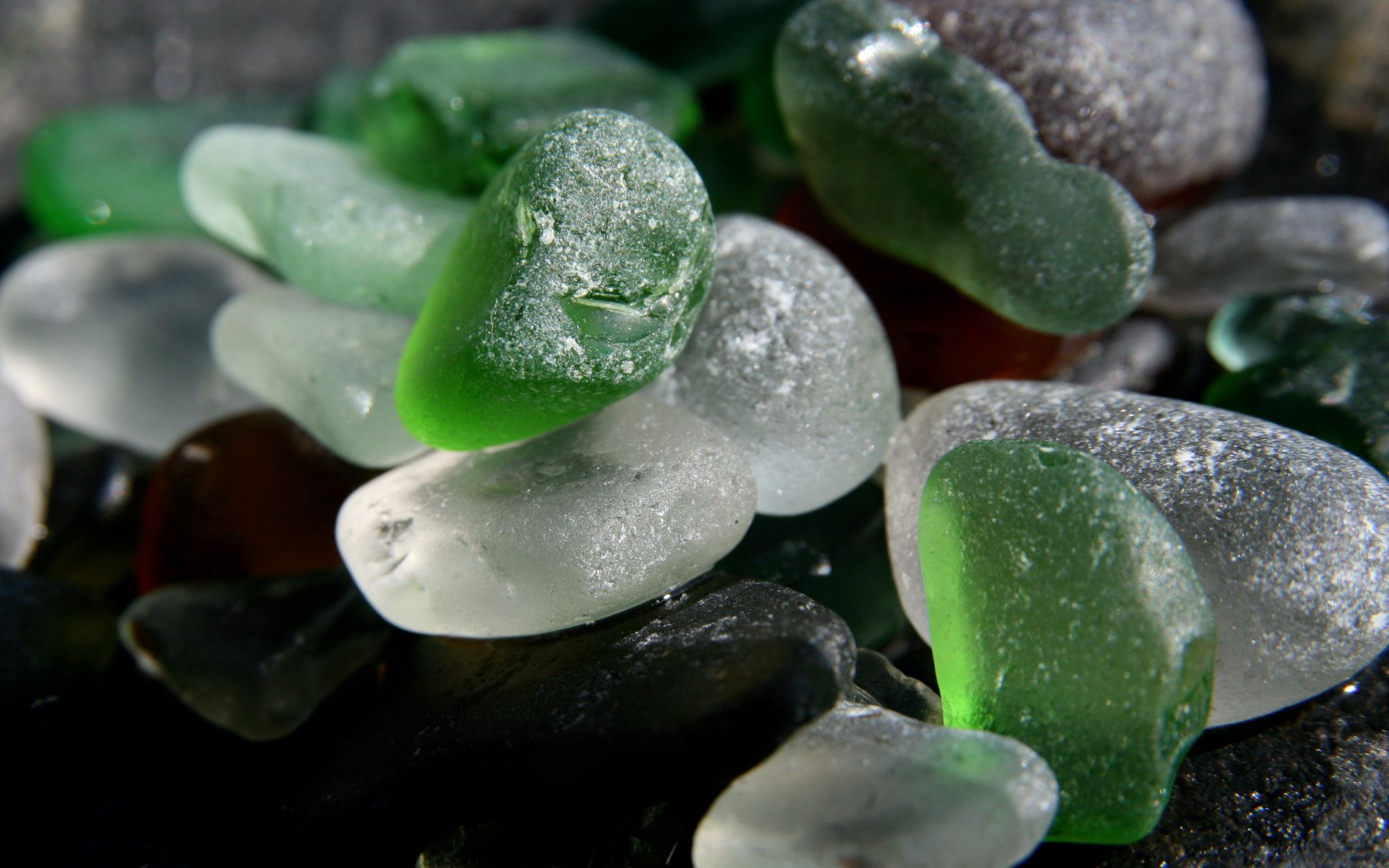
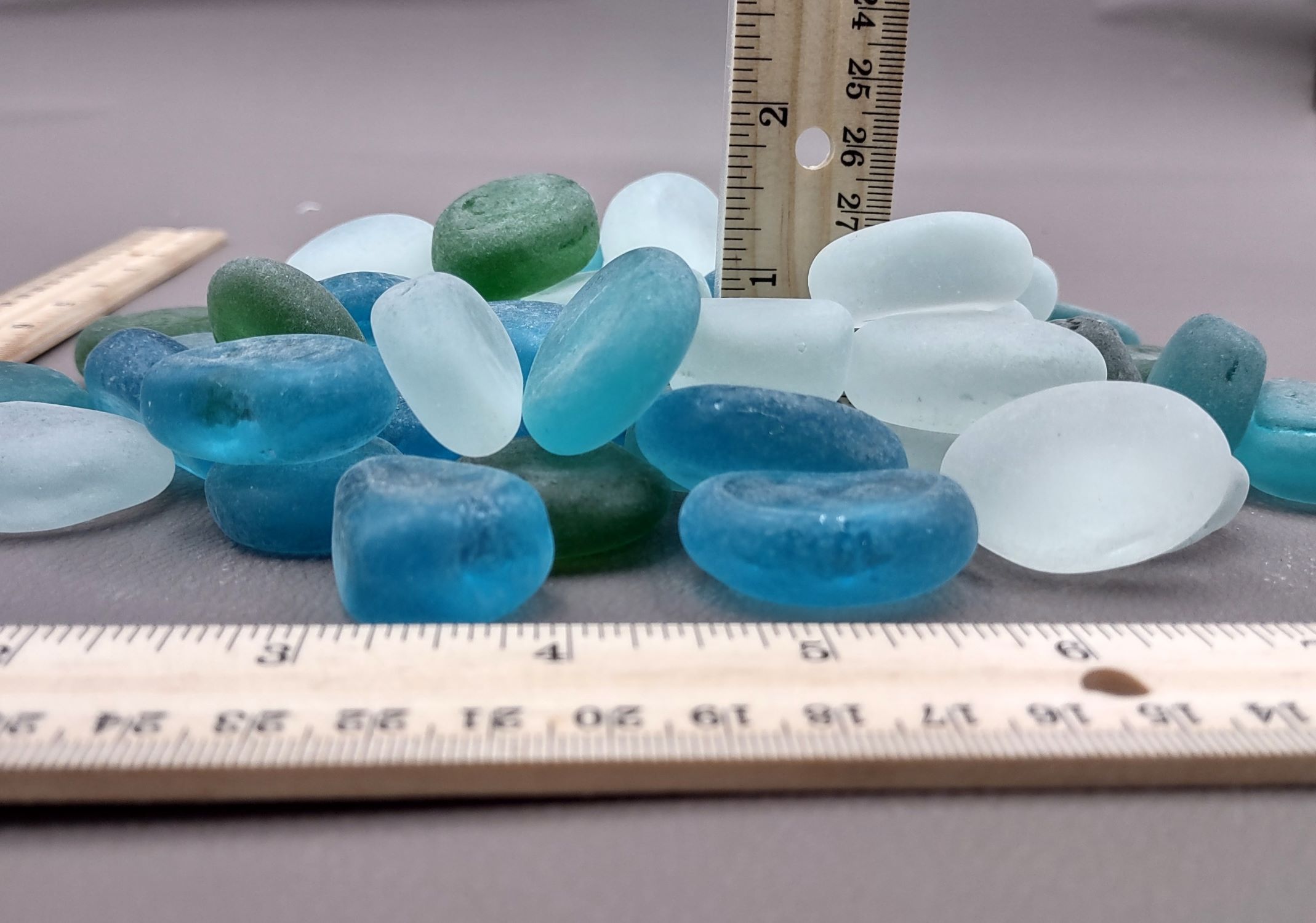
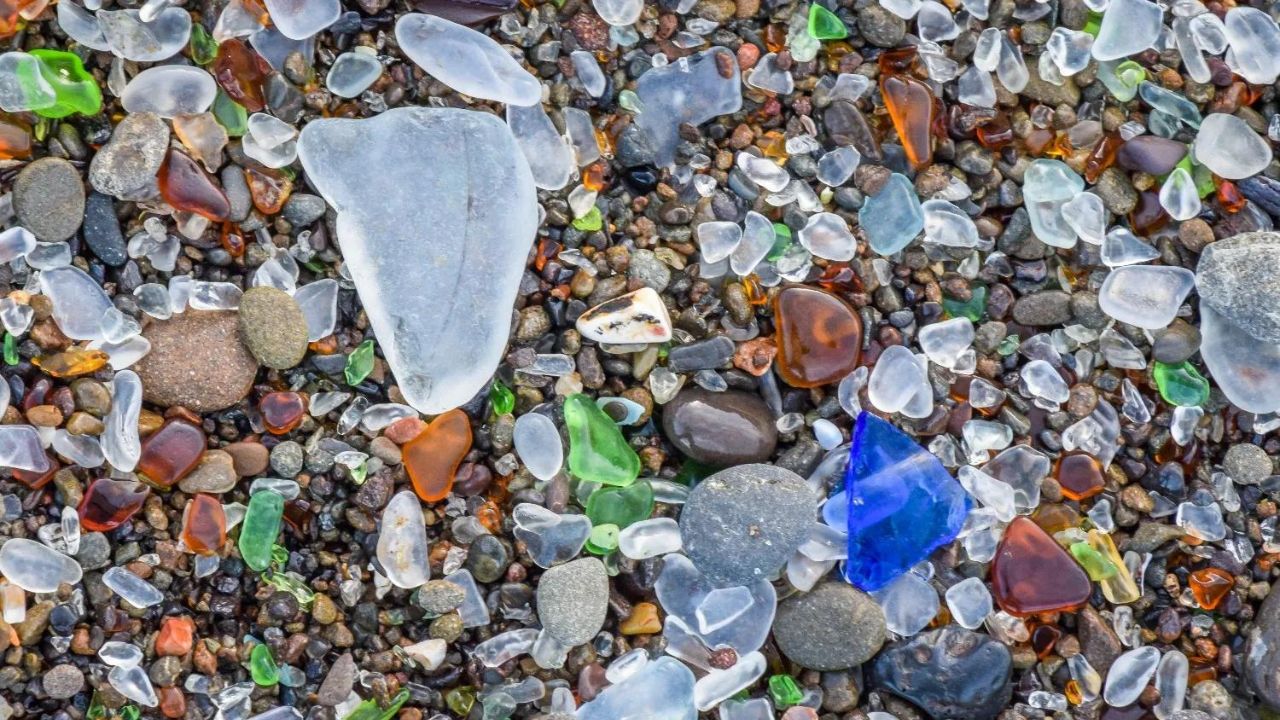
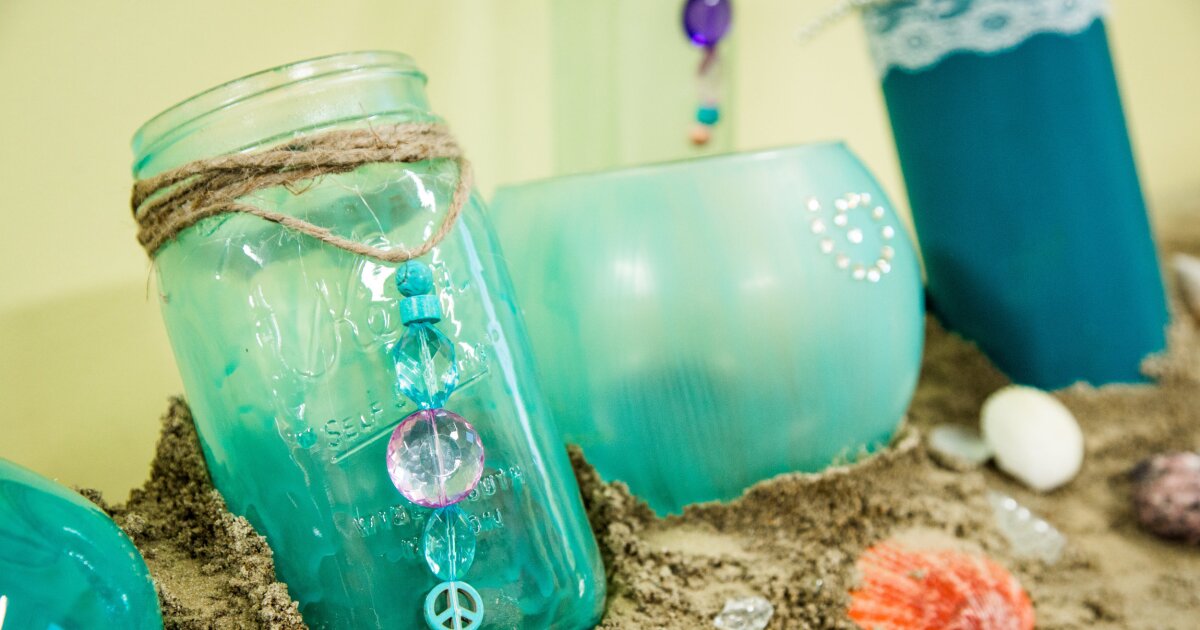
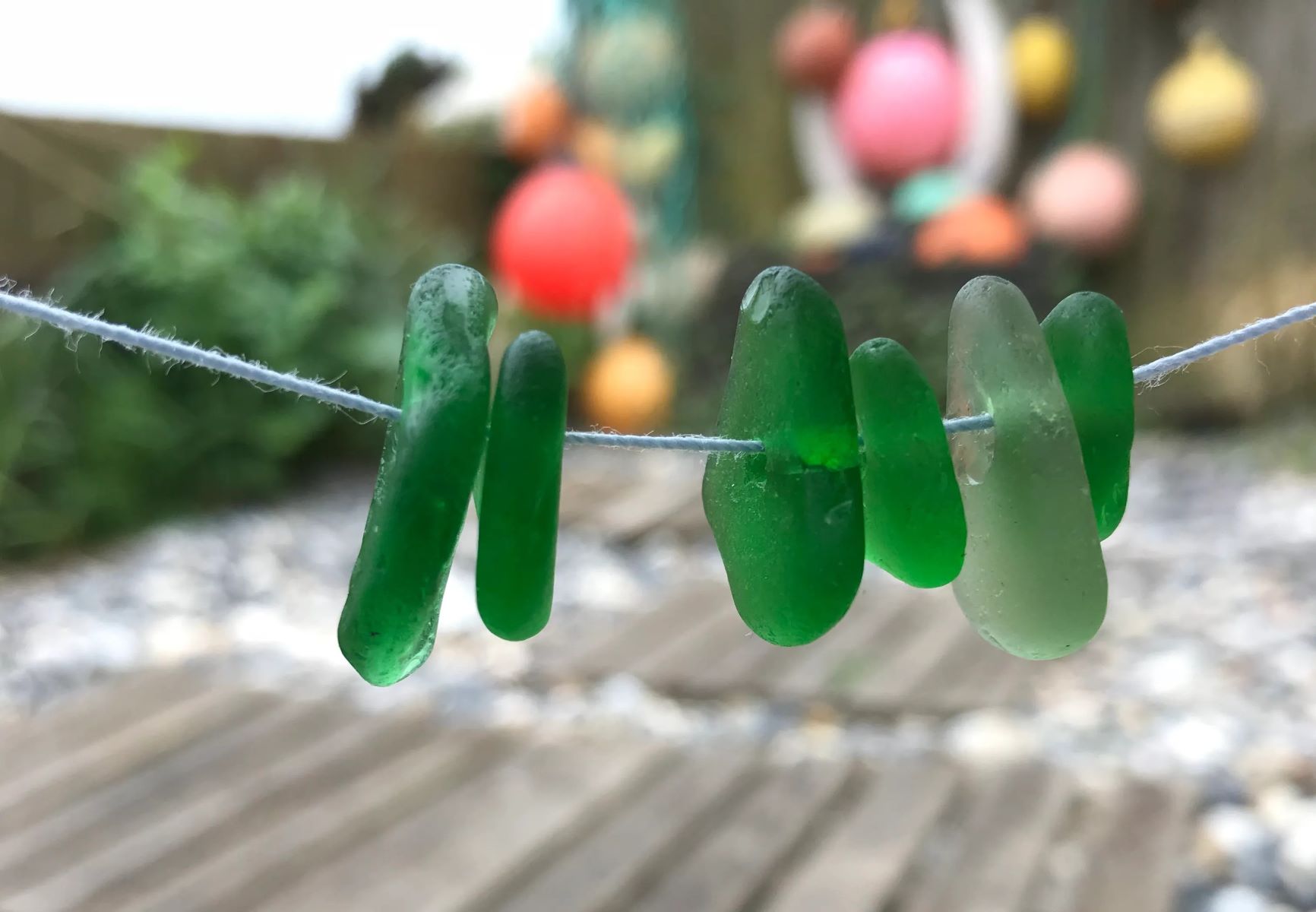
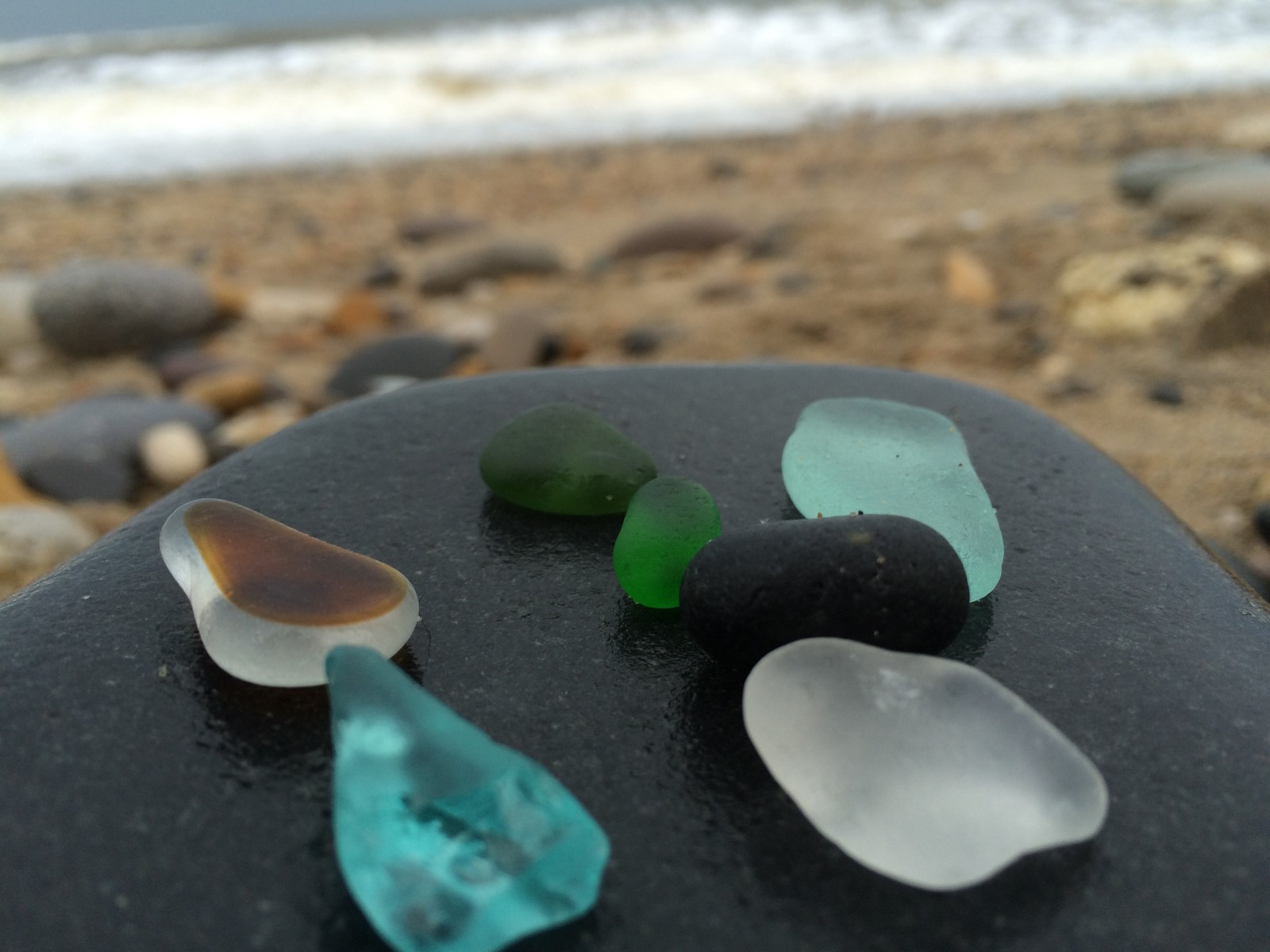
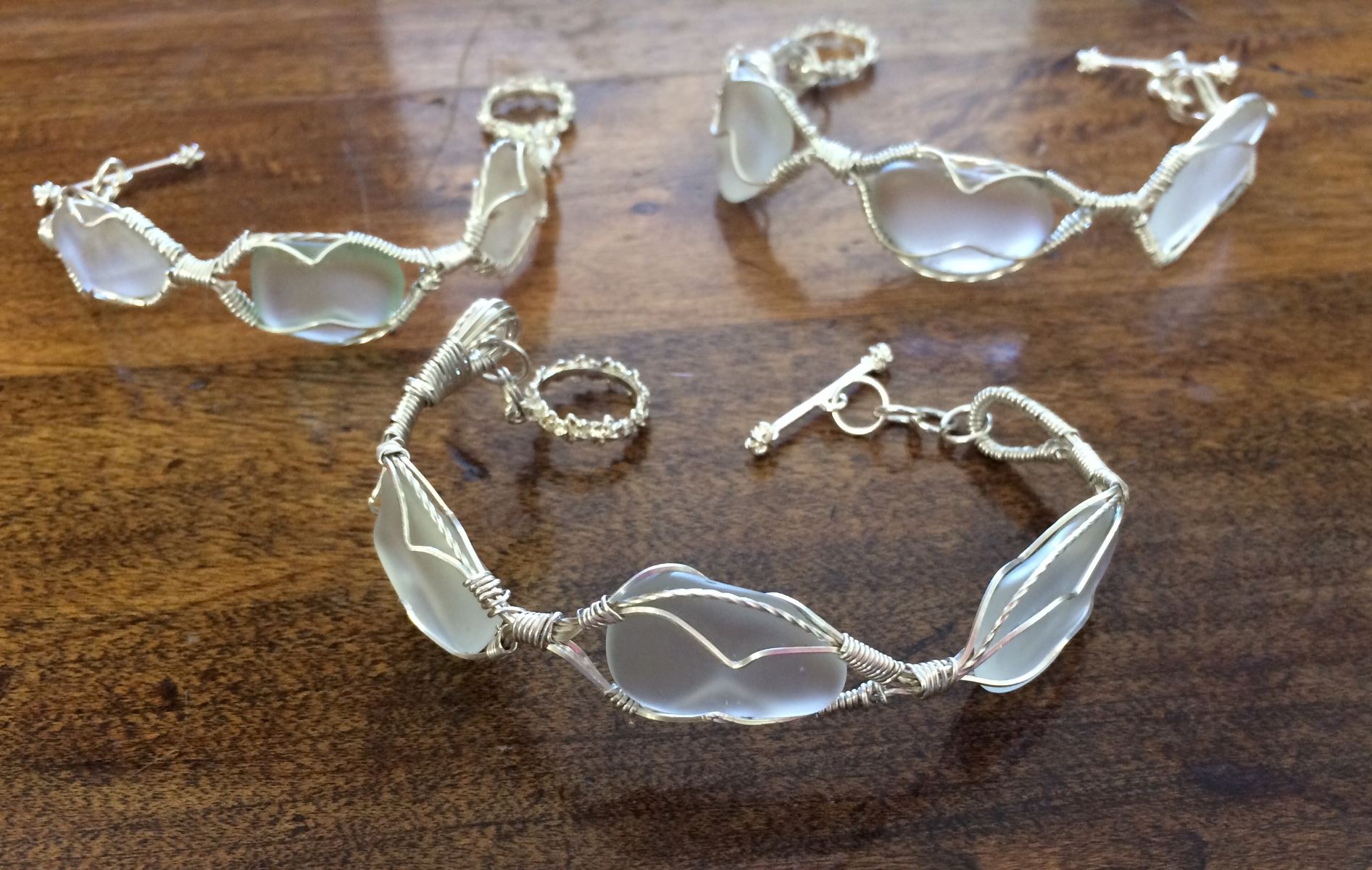
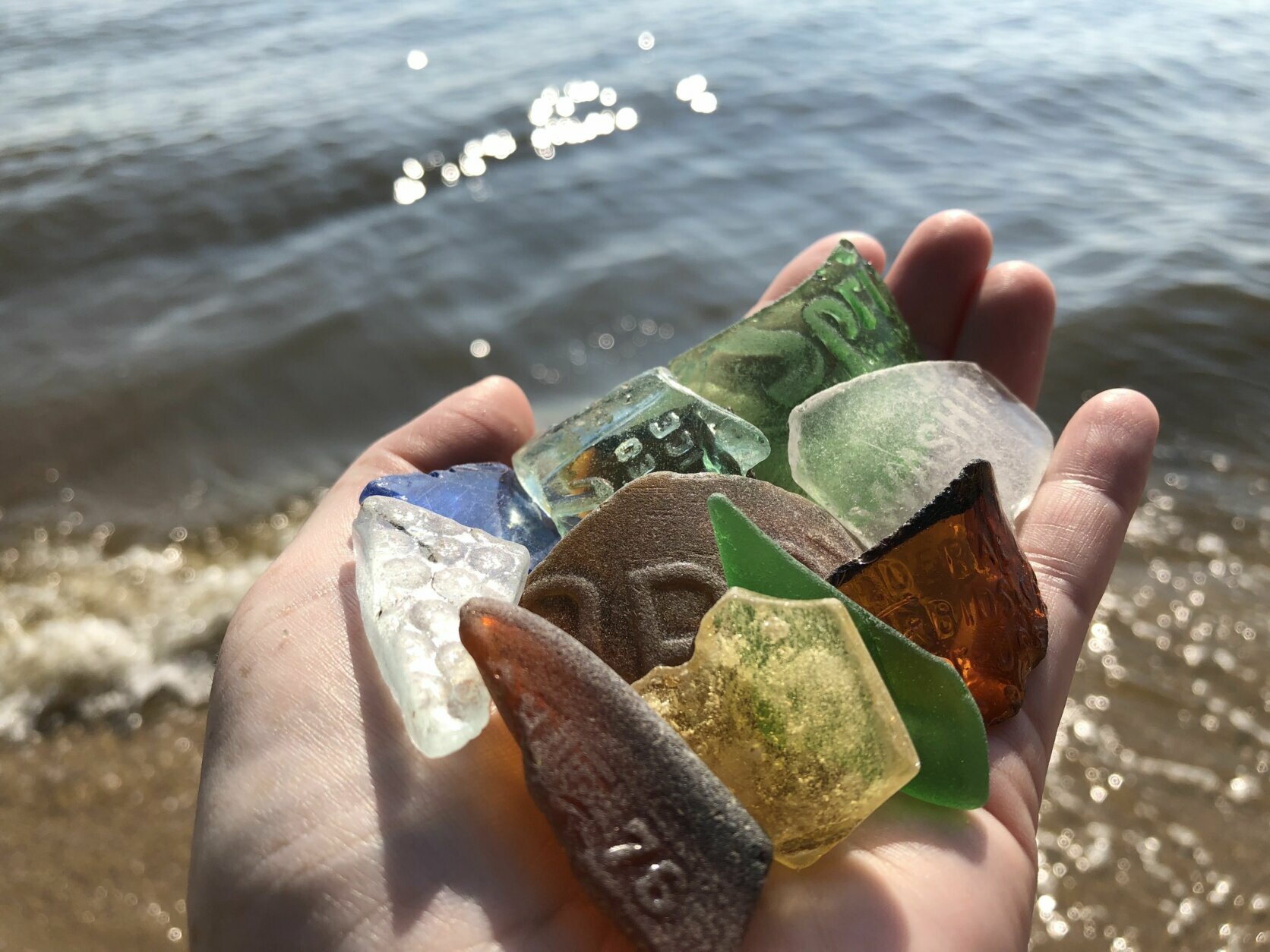
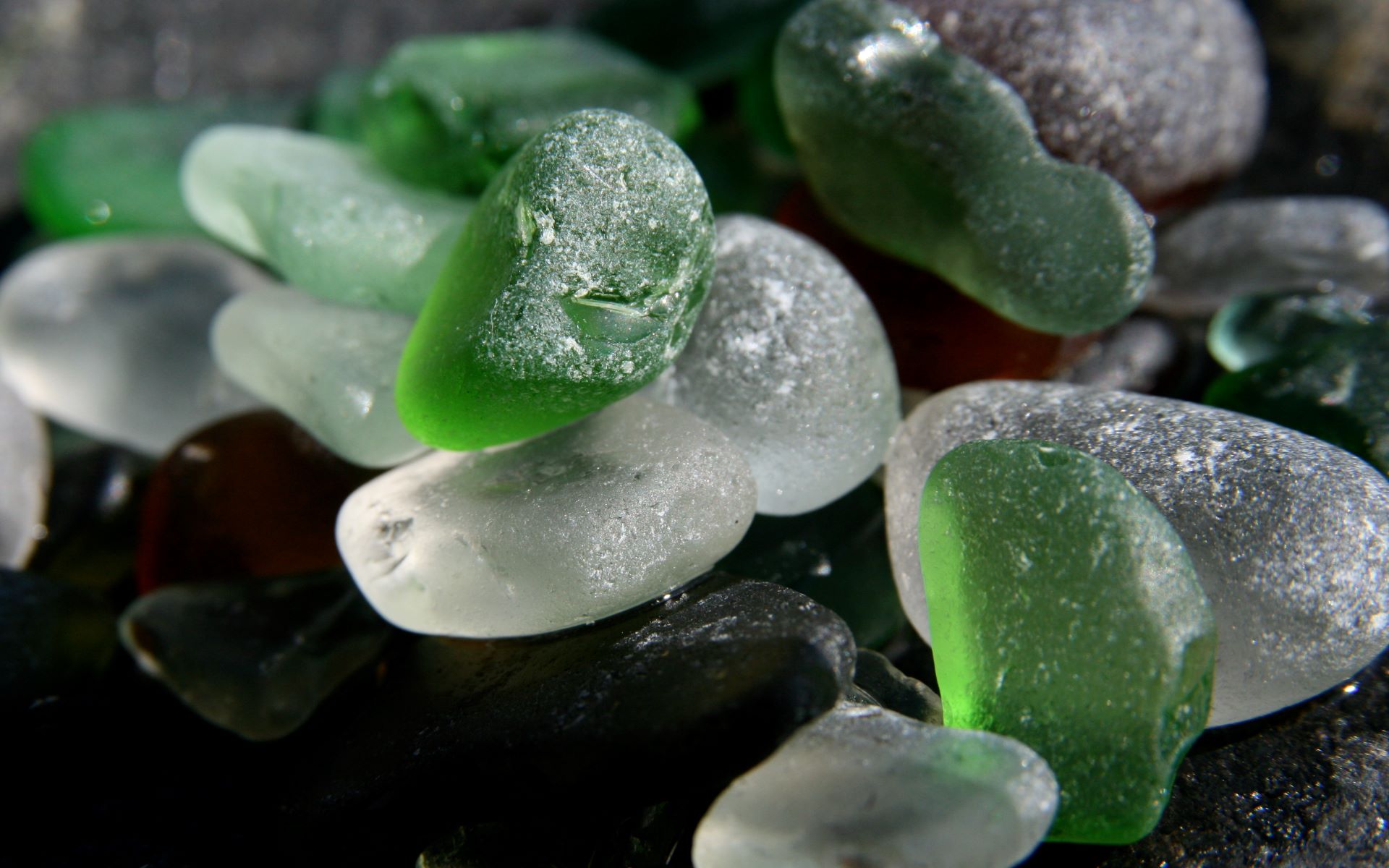
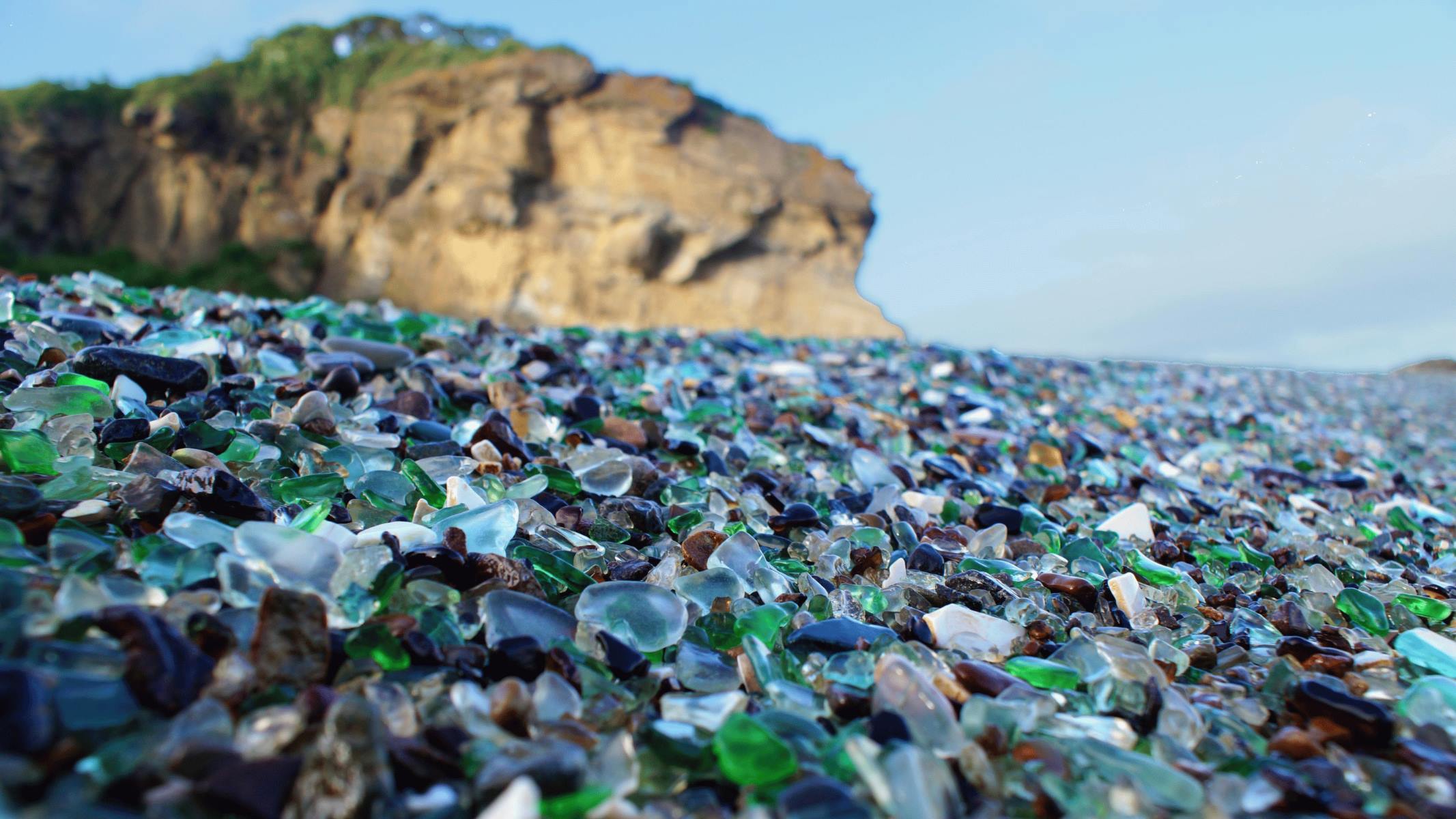
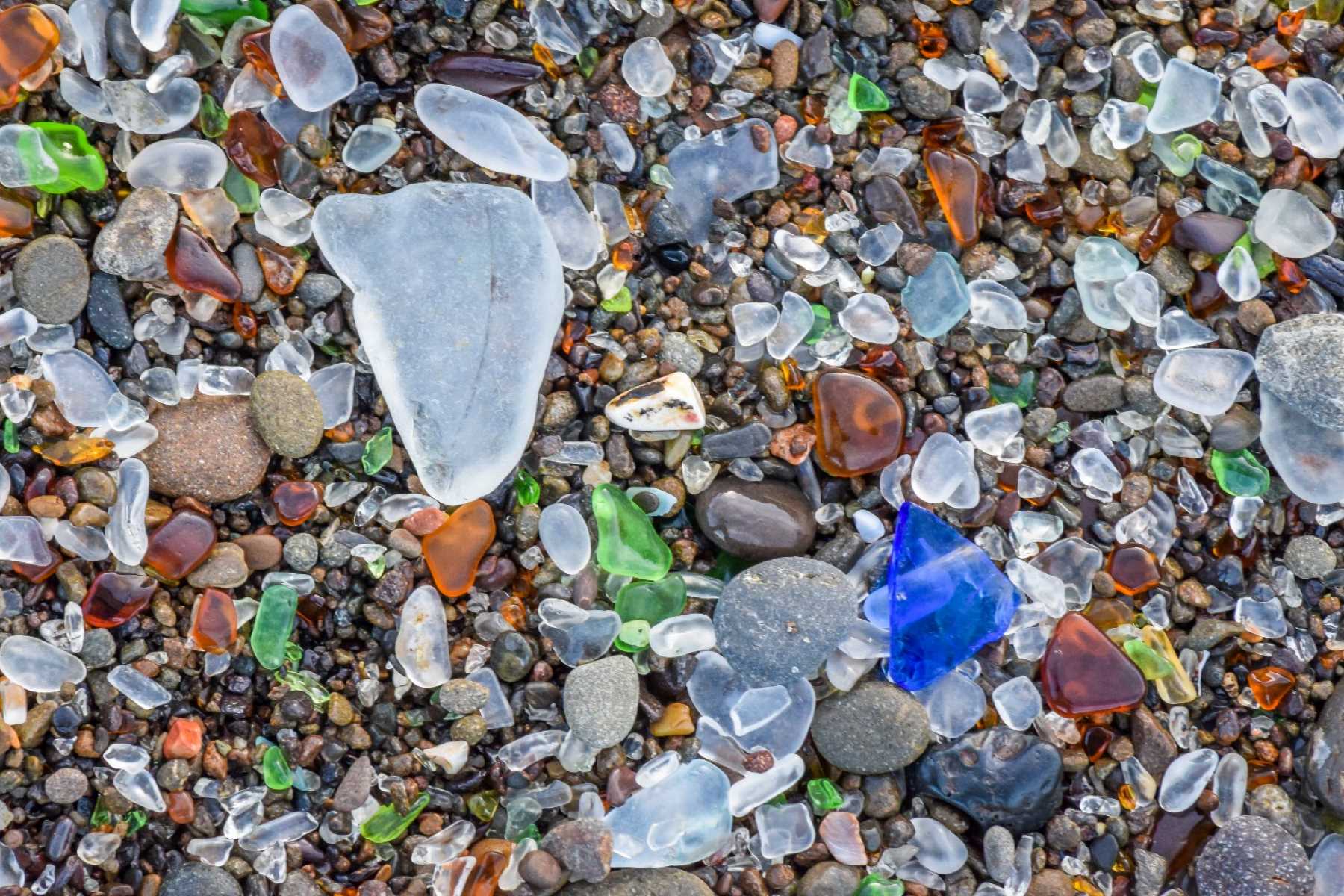
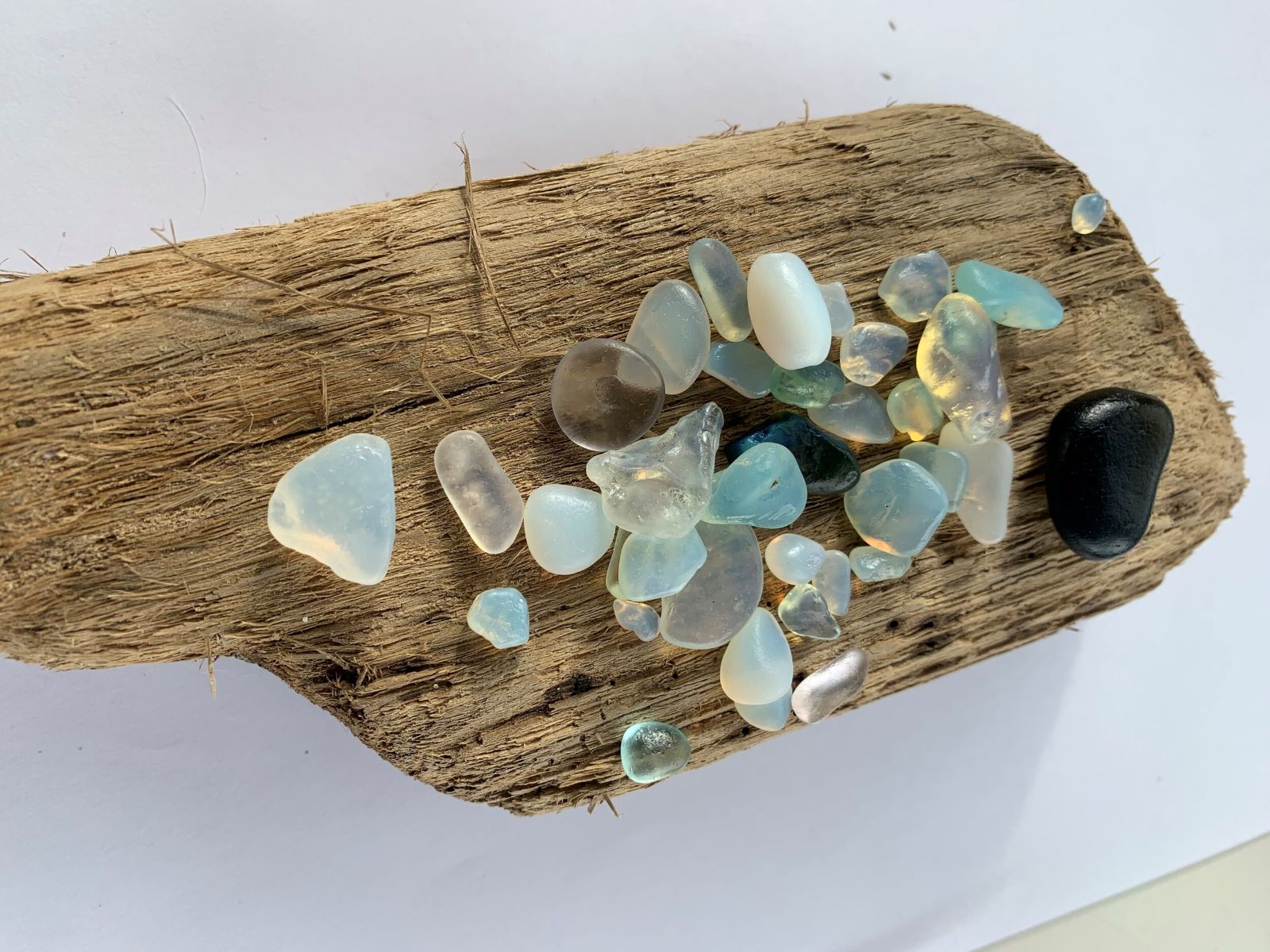
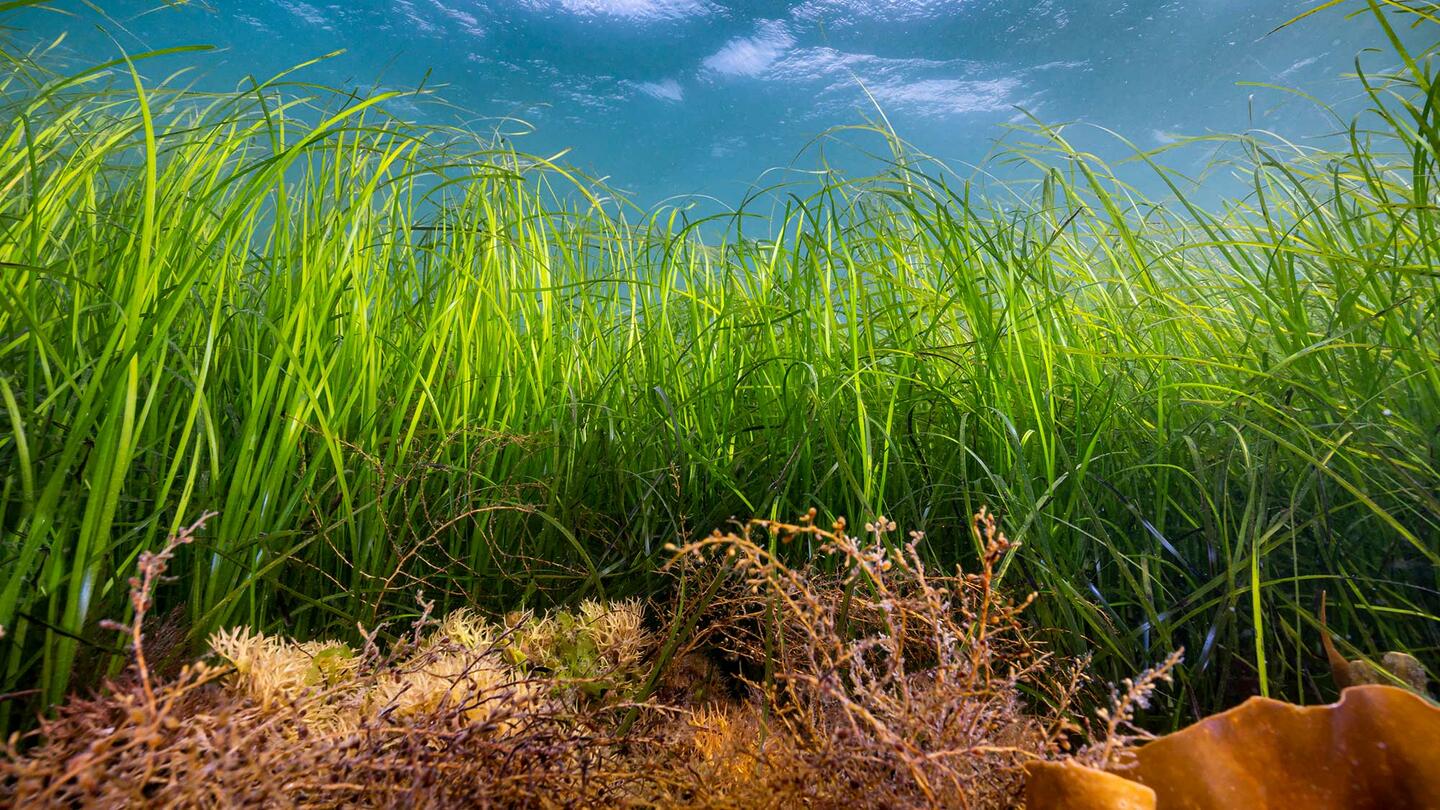

0 thoughts on “How To Clean Sea Glass”